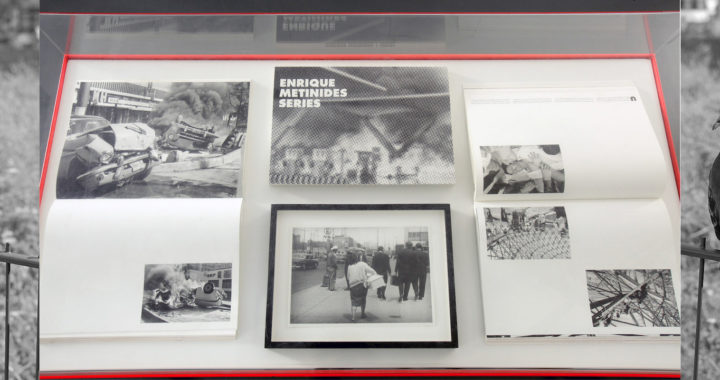“I had a calming moment and I started to nurture my love for cinema. So I guess for me to play the long game was to end up making cinema, starting by photography, then making music and so on. Cinema is the unification of all arts”
BF: Michael Kominek-artist, publisher, gallerist, book seller-what am I missing? In all seriousness, you operate an incredible range of photographic duty. This certainly means that in some respects you must be on the obsessive spectrum. The first question with all of these interviews is that I really want to know where you come from with photography. We both operate on many levels, but I suggest that at our hearts, we are image-makers ideally. For me, I came from making a realization in the early 2000s that the game was really stacked against art school. I wanted to be involved, but thought I would play the long game and started selling vintage photography and kept making work on the side. What is your background? How did you start and how important is it for you to have all these hats that you wear?
MK: Hi Brad, thank you for this. Let me see how I can explain… In 1982 at the age of 11, I moved illegally from Poland, still under martial law, to Germany. I had a bad start at school in Germany as I was not great at adapting well to the West-Lots of Haribo candy in the shop, but no love elsewhere.
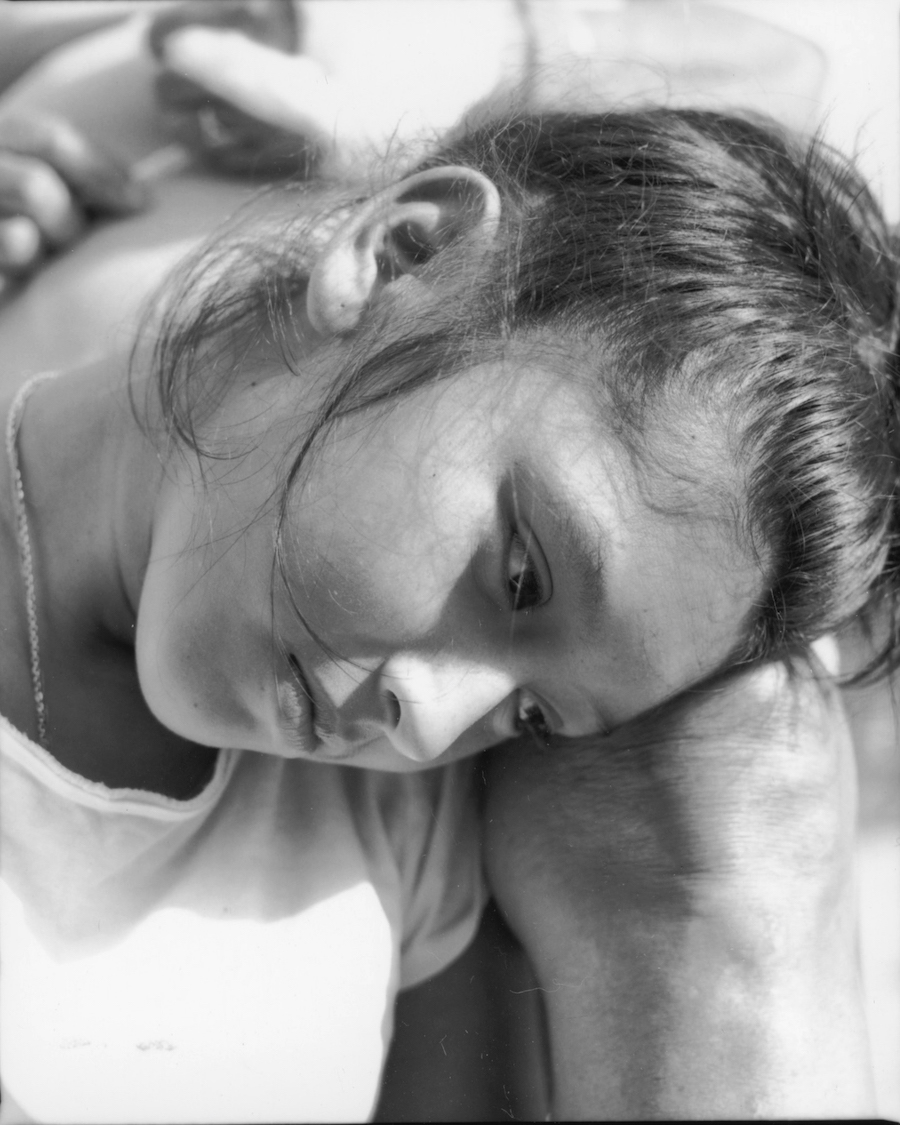
Karen Paulina Biswell from „The Last Moon“ upcoming book, Kominek Books 2020
I was depressed in a way and somehow managed to consider studying something in the arts but then realized that the art school system and how it was set up in Germany was ridiculous and still is. Instead, I decided to move to Mallorca and ended up studying photography in Barcelona. Before I studied Photography I used to paint- big canvas and lots of color. While living in Mallorca, I had a calming moment and I started to nurture my love for cinema. So I guess for me to play the long game was to end up making cinema, starting by photography, then making music and so on. Cinema is the unification of all the arts. But yeah, the reality in Spain was that I had absolutely no money, so I did all sorts of jobs from demolition to selling advertisement pages for a gay magazine. Eventually, I worked in a color printing position in an analog lab for a photographer and started shooting portraits of musicians. This slowly grew and I was starting to be a professional commercial photographer, which included shooting industrial photography and all sorts of stuff.
At the same time around 2001, a couple of dudes I knew were starting a cinema magazine where I entered in as the picture editor with a secondary emphasis on selling ads again. The central fold of that mag was a sort of short story in pictures, a mini photobook or a photonovela. This led to me seriously thinking of photography as sequence-based and not as single images and in that surrounding I started dreaming of doing real photobooks. Around 2008, I published the first publication under the name Kominek Books. It was a Leporello-style book called Sub Rosa, by the super talented German photographer Birthe Piontek. It was a very humble publication.
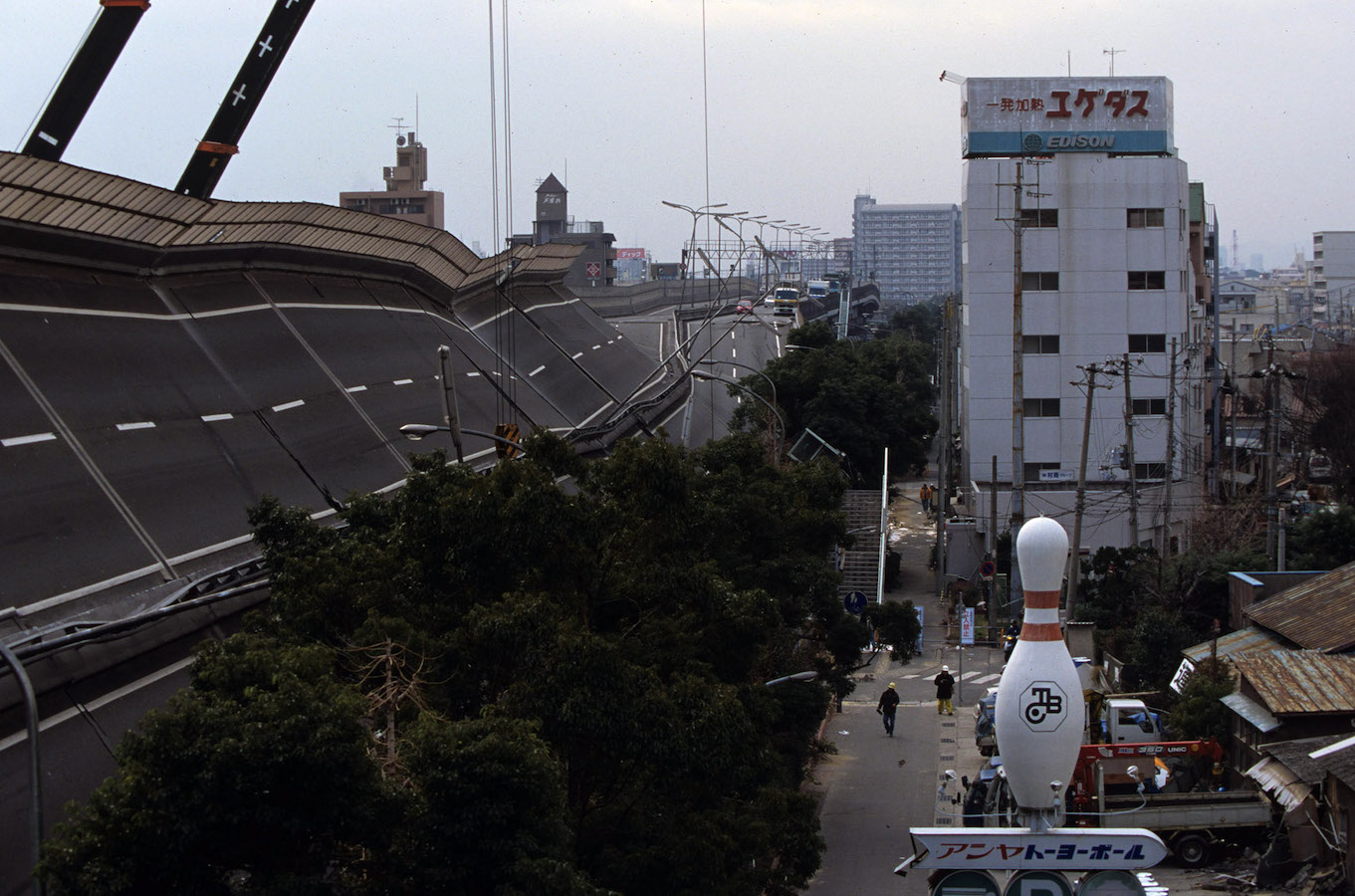
Greg Girard „ Kobe“ from upcoming book „ Asia Week“ Kominek Books 2020
In 2010, I made a second publication: In the Near Distance by Greg Girard. This was the real deal. I met Greg in Frankfurt at the Airport Burger King where he handed me a plastic bag full of slides still in their original plastic frames. For the next 3 months, I spent time scanning and preparing the files. It was amazing, I only knew Greg’s work form his website, where he had just started uploading all of his immense archives. I loved the atmosphere in his pictures and his backstory of a dude travelling in Asia doing all sort of jobs and taking pictures. This was the first real book by Kominek Books designed by me and with text by Jörg Colberg. A funny anecdote is as I was struggling with the edit, we had the printing date setup and I had to deliver. I Spent 2 days at the printing house, which was fine, but here it comes: the binder read 20cm wide but it was in fact 21cm wide! All 500 books were cut 1cm too short! It was obvious that the printer accepted redoing it, but beforehand they sent at least 3 emails asking if it would be ok to tell people it’s a design decision! LOL! We ended up taking the book for the Kassel Photobook festival where Greg was showing his prints and we ended up selling a few of those cut copies as the “Dutch” design version.
BF: One second…HAAAAAAAAA!!!! That is hilarious! Please continue…
MK: So those 20 copies are the rarest Girard books out there. This mistake gave me the opportunity to work more on the book and re-edit the final book, the sequence was changed and some pictures were kicked out. I think Alec Soth bought both versions in Kassel predicting it would be great teaching material.
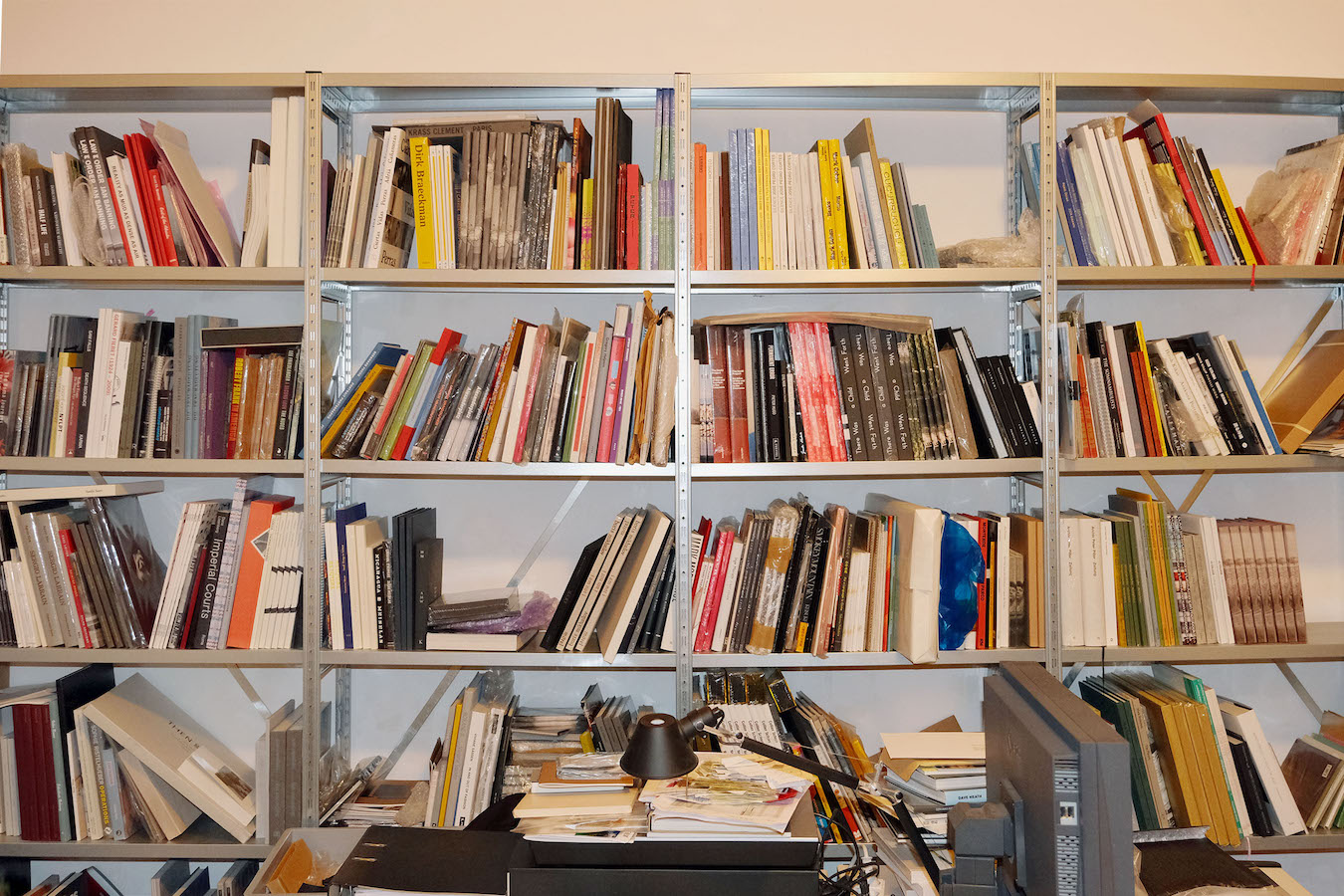
Kominek bookshop, office view
“In 2010 I made a second publication: In the Near Distance by Greg Girard. This was the real deal. I met Greg in Frankfurt at the Airport Burger King where he handed me a plastic bag full of slides still in its original plastic frames. The next 3 months I spent scanning and preparing the files. It was amazing”.
Since 1993, I have been shooting my own photography, which is still the most important hat for me. I have also kept up doing commercial assignments. But just as before, I had to do the demolition jobs now I had exchanged this for doing books for other people, selling them and showing their work at the space in Berlin that I previously rented out from an architect in 2008. So a few years later I decided to publish my own first color series called Strangers In Paradise (1998) and my first serious B/W work First Journey Home (1997). After this, I realized that it is harder to edit yourself than to edit work of others. This is one of the mayor discoveries I made through all of this; that I love editing books. I have to thank Greg and Alec and many other photographers later on in trusting me with their works to play around with to come up with a new version of it in the form of a photobook.
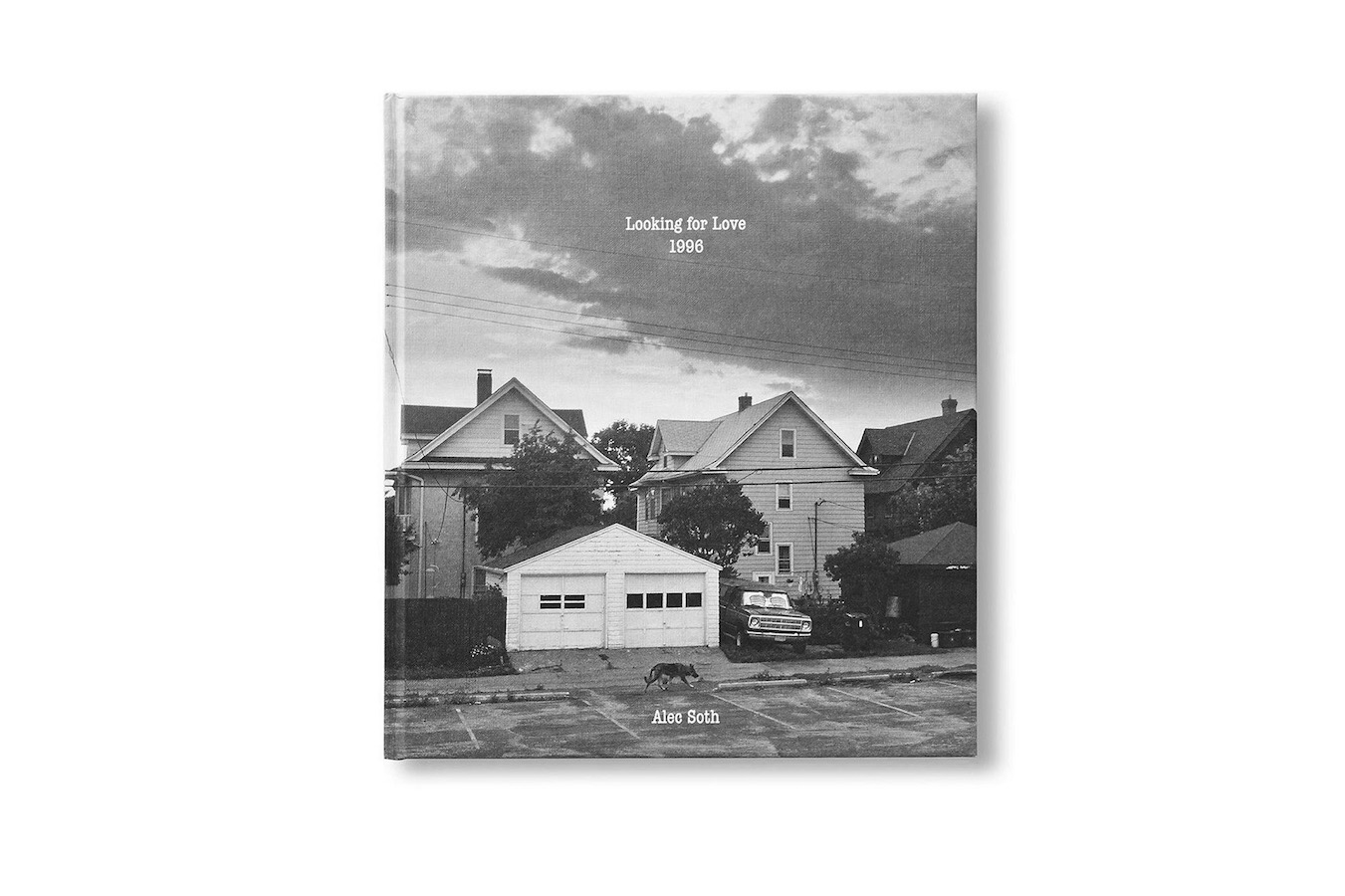
Alec Soth „ Looking for Love 1996“, Kominek Books 2012
I think to this day that the previously mentioned book by Greg Girard and Alec Soth Looking for love (1996), which was designed by the amazing book designer Claudia Ott, are the books I enjoyed working on the most and were obviously my learning pieces, which thinking about it now was super privileged. Regarding commerce, when I was 5 or 6 years old I used to sell the tomato’s and cucumbers that my grandmother was growing in her garden, at the local market. I think it was then when I got the seed of love in my heart for markets. Selling things that you make yourself is very rewarding. It was such a big joy to get cash in exchange for our tasty cucumbers. In all seriousness, I think this was the beginning for me as a seller.
BF: Could it also be that coming from Eastern Europe made you appreciate the commercial transactions a bit more? Perhaps you are just good at it?
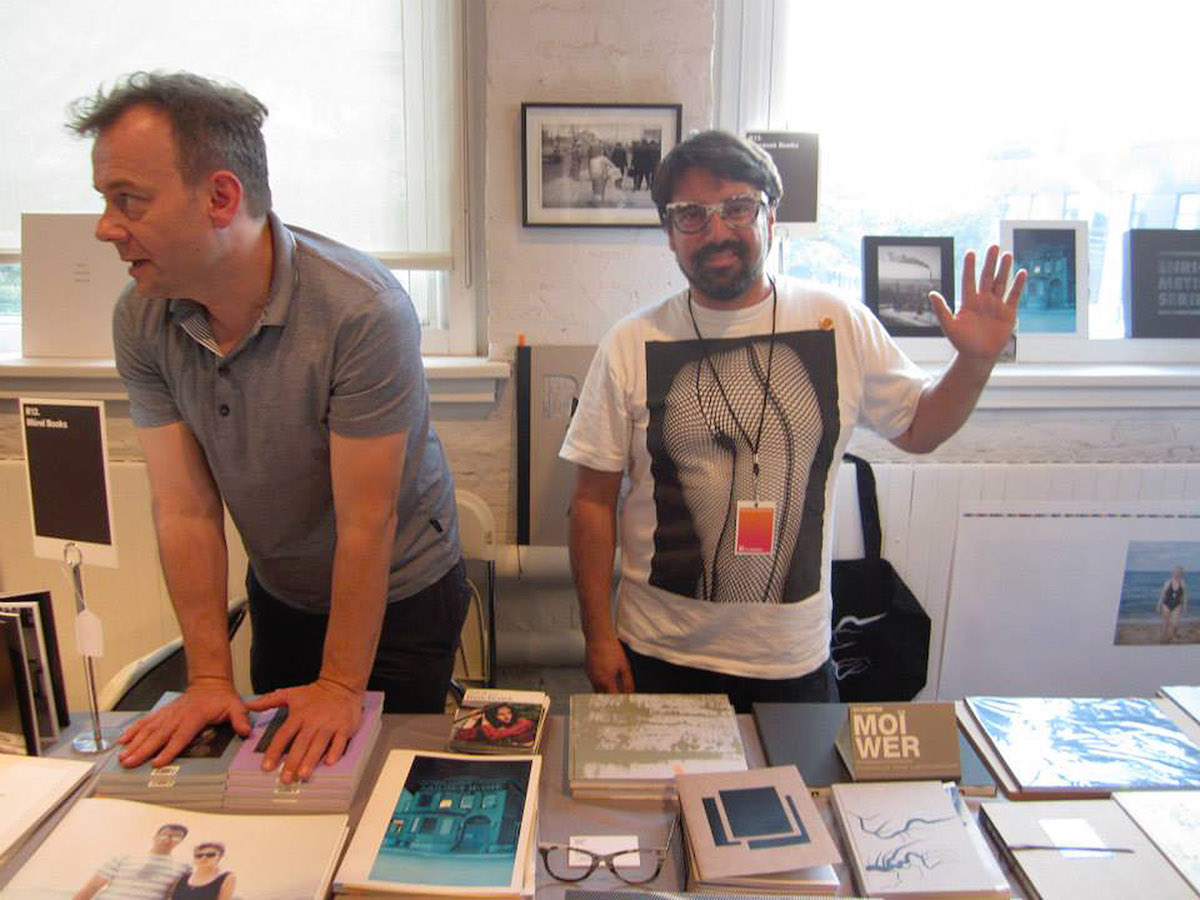
Kominek Books at the NY Art book fair
MK: Sure, why not? Regarding the Kominek Gallery, the initial plan was to sell prints on the side of creating the books and that would eventually finance the photobooks with the print sales. But it turned out that I had to spend 10 years selling and producing books to finally start selling prints! So you could say the books helped to grow the gallery. But eventually my commercial client, a German company that makes pace makers helped me do this through the commercial work I was doing for them. so I guess I like Germany now. LOL.
Regarding the different hats, there are days that I feel I am an image-maker, especially when I have time to dive in to it. I need a certain time, sometimes only a day or two that I can switch and be an image-maker. Last year I was driving around Berlin with Mark Steinmetz while he was shooting his B/W work and I was doing some color pictures, I mean it can hardly get any better! So why not keep all the hats? I love working on a book, like now for example with Mark Steinmetz or Karen Paulina Biswell books in production, I am a total bookmaker. But eventually when I sell amazing prints by Daisuke Yokota or Mark Mahaney, I feel I am that great gallerist! So yeah I guess its all good with the hats.
“I need a certain time, sometimes only a day or two that I can switch and be an image-maker. Last year I was driving around Berlin with Mark Steinmetz while he was shooting his B/W work and I was doing some color pictures, I mean it can hardly get any better”
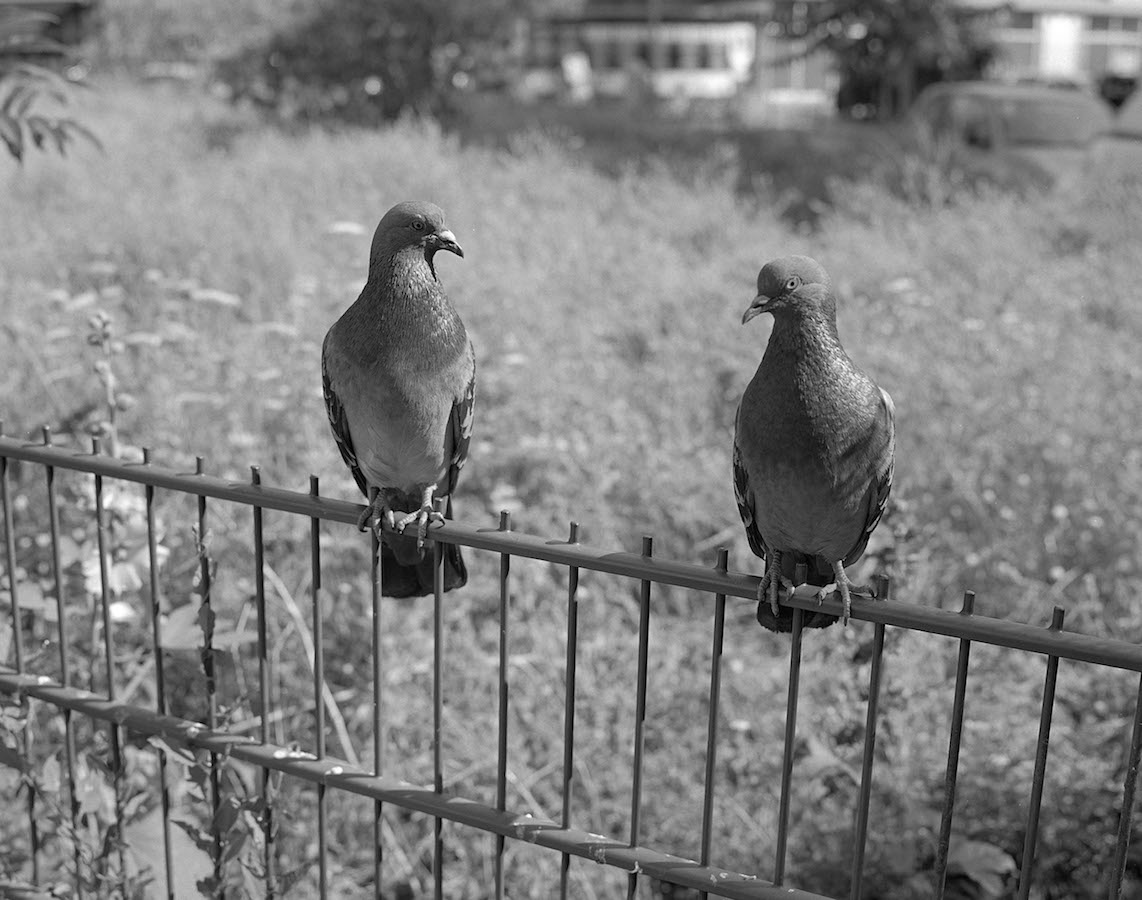
BF: I was about to add comedian to your list of hats after that Girard story. Time to get those copies on ebay!!!
Its quite fascinating how you have managed to get through the world of photography. As you know, the people who are not born with “silver spoons” have to approach things very differently. I feel as though we must always keep flexible and be able to move right and left in the field to stay in it. So, with your stories about publishing, but also selling ads and making commercial shoots, this factors heavily into how you are able to sustain the larger practice. When I say practice, I mean it as an artist or image-maker, but also business-wise. It is a very tough game all around. I have never been a publisher, but it is the position in the field that I want to avoid the most, next to gallery (having already done that nonsense twice). The publishing thing is more that I feel my mind isn’t calibrated towards a certain mechanical or technical precision that one must adopt to make books for themselves or others. I feel good about editing, but not production. The gallery system has always felt stacked against outsiders, but it pays well if you have any success.
Can you focus a little bit about the bookshop? It’s important that although you mention all of these hats, the focus for us is the shops and trying to promote their survival through attention. Why did you decide to open a shop and what are the difficulties that come along with this and also the positives? Do you believe that a bookshop can survive going forward and how important is your shop to the cultural network of photography in Berlin?
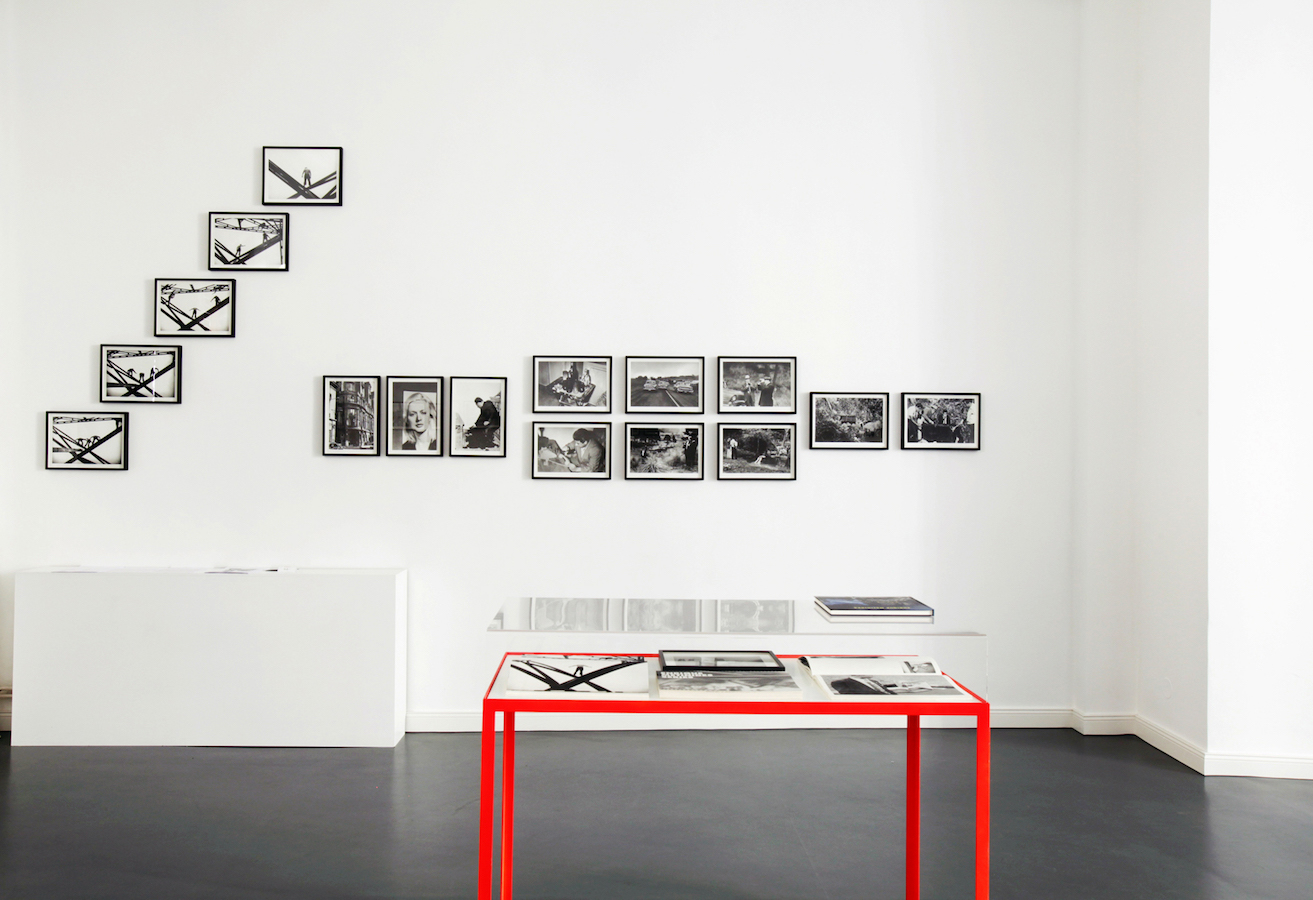
Enrique Metinides, Exhibition view from „Series”, Kominek Gallery, Berlin 2012
“People said there was no money in Berlin just a lot of artists.”
MK: Hahaha, thanks! This is really a difficult question for me.
Having the shop open to the public in Berlin was a love and hate endeavor from the start. I had the shop open in the beginning with regular opening hours like 10 years ago, but it was super disappointing in terms of commercial outcome. Not sure what to think. People said there was no money in Berlin just a lot of artists. The bookshop idea for me is still more of an experiment. It’s a side project of the publishing and gallery. Eventually it is a platform for the books that I publish.
When I opened the space in Berlin I was thinking of doing it as a “project space” to hang out and meet other people. But I quickly realized that I am a loner, haha. I cant deal with all people asking me the whole day about things like where and how did you print this or what paper is this etc. then turn around after taking one hour of your time without buying a single book. So I started to be more and more unfriendly to people, so I guess that’s my contribution to the cultural network of photography in Berlin. Haha
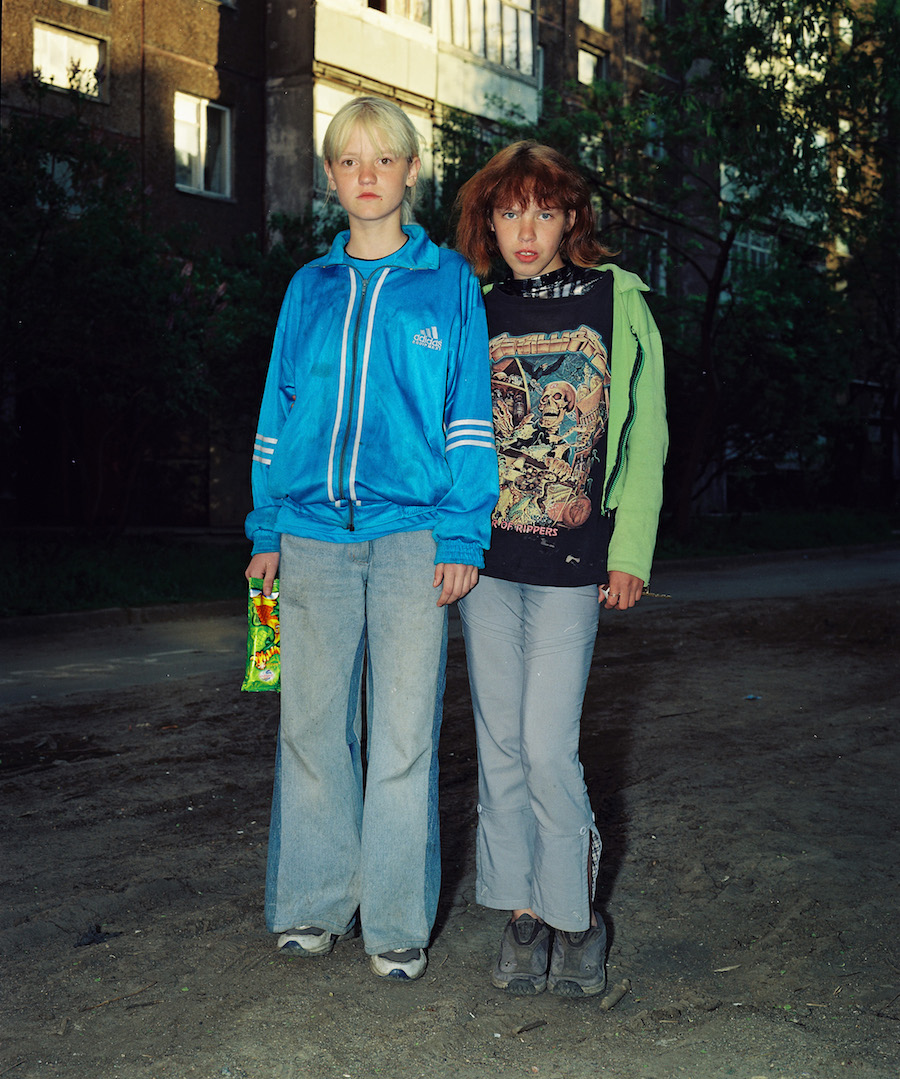
Rob Hornstra „ The Unknown“ upcoming book, Kominek Books 2021
BF: But, you contributed. Though I understand you completely and feel this element from other publishers at the fairs, I am sure somehow the shop was important…
MK: There is this sort of attitude in Berlin, not sure where it comes from, but many people think that all cultural initiatives are made by wealthy people, or it is subsidized by some sort of grant or state money and for that reason they have the right to give you hard time or they act as it is a public space they own as well! It’s difficult especially in Germany I would say, maybe sometimes people have even too much respect and try hard to be cool sometimes.
More or less at the same time when I opened the store the other photo book shop 25 Books opened. Hannes Wanderer took over the shop from a former Taschen manager. The previous guy had tried for several years to implement his shop in our neighborhood which is East Berlin, but each time I visited him he was swearing at the neighbors about how much wine they buy and how few photo books. So just saying it as Hannes, who past away in 2018 , gave his whole heart and time in to his shop for like 10 years and he still was near bankruptcy at the end. He was a total sweetheart, but this was also his best and worst characteristic, he was too nice! He could not say NO to the people who came a lot to him asking how to do their own books.
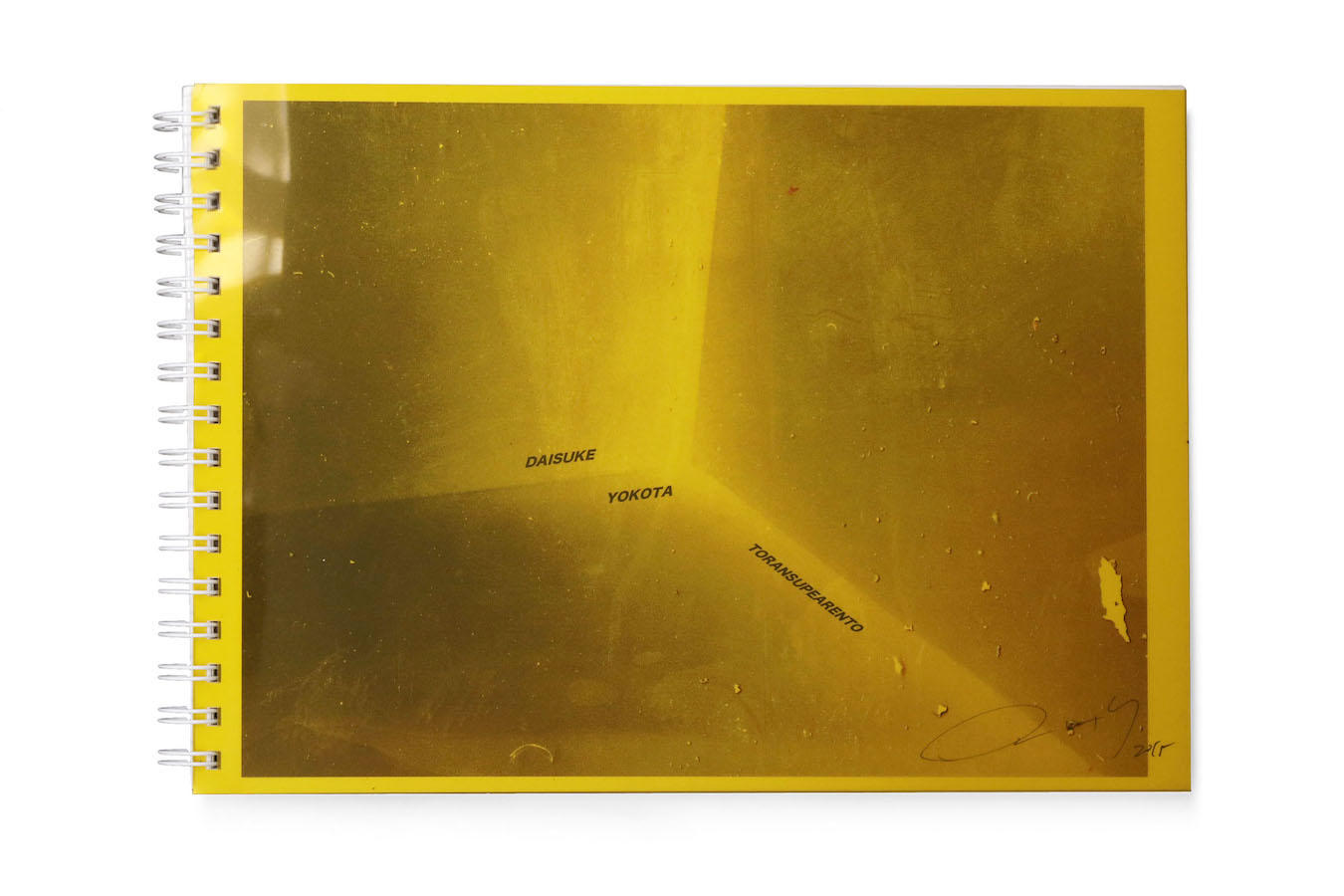
Daisuke Yokota „Toransupearento“ Kominek Books 2014
Well eventually to be correct not all the people were selfish as also they were set on fire by Hannes, who was super passionate about books and could talk for hours on technical details and back stories, so he was selling a lot of books in his store! Lots more than me for sure, haha. His deal also was that he was a printer from education, and his brother has kept the family printing house running so eventually some of those inquiring students or photographers turned into clients for the printing house when self publishing their books.
But I don’t know man. I just know that it is hard in Berlin to deal with the public balancing the time invested and the financial outcome. I wonder how this is in other cities. I can perhaps compare with my experience with the fairs like Offprint in Paris, which is amazingly the opposite of the Berlin street client experience. But it’s Paris in November with photo folks from all over in the world.

Henrik Malmström „ A Minor Wrong Doing“ Kominek Books 2015
Any way just to finalize on that part, once we had this idea with Hannes to put our 2 shops together and hire a professional bookdealer, Michi Klein from Hamburg. Then I would be concentrating on publishing and the gallery and Hannes concentrating on his publishing and all those technical printing and pre-press jobs he was so good at. This never happened but could have been a great one.
Because I am not a professional bookseller, but can see what is happening all around with bookshops that confirms that the profit versus time invested versus low margins and shipping + payment issues that you have to resolve can only be a pure passion sort of thing. But I thought I had enough passions already so I decided to turn the shop more to the Internet, hoping that this would make it more profitable. I closed the shop to the public and it was and still is only available online and by request you can pick up books and check books in the physical store. Also we do open the shops during exhibitions, which normally run for a month or so. To my surprise when we implemented the newsletter and spread out online the turnout became more rewarding. We also focused on the rare products, which was in my case a signed copy of a book taking advantage of a personal relation I already had with many photographers.
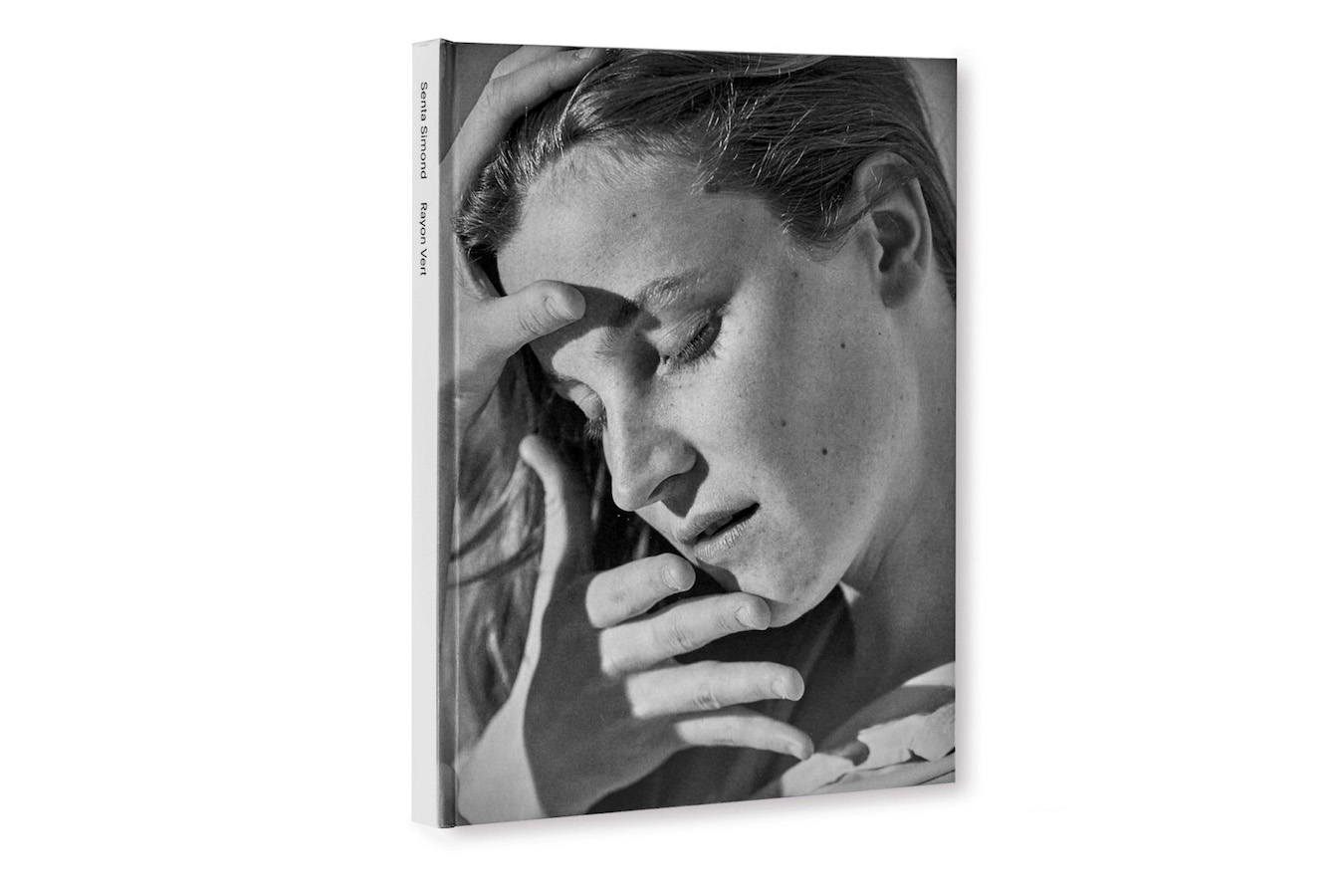
Senta Simond „Rayon Vert“ Kominek Books 2018
I think before we were selling mostly to Belgium, Netherlands France and the US. This started to change slowly and spread out. Now we sell a lot more all over in Germany but not that much in Berlin still! Haaaa
Things change quickly. Right now having in mind that the virus is stopping a lot of the bookshop business it is hard to say what’s gonna happen next.
Every small bookshop has its own sort of rules and functioning system and I guess this makes it so exiting and is worth the support. I think many small and dedicated shops make it a more interesting cultural landscape than a massive bookshop or amazon. For me the way to manage this it is definitely to navigate the bookshop boat slowly between all these difficulties and integrate the shop between the print sales and the publishing house.
“Every small bookshop has its own sort of rules and functioning system and I guess this makes it so exiting and is worth the support. I think many small and dedicated shops make it a more interesting cultural landscape than a massive bookshop or amazon”
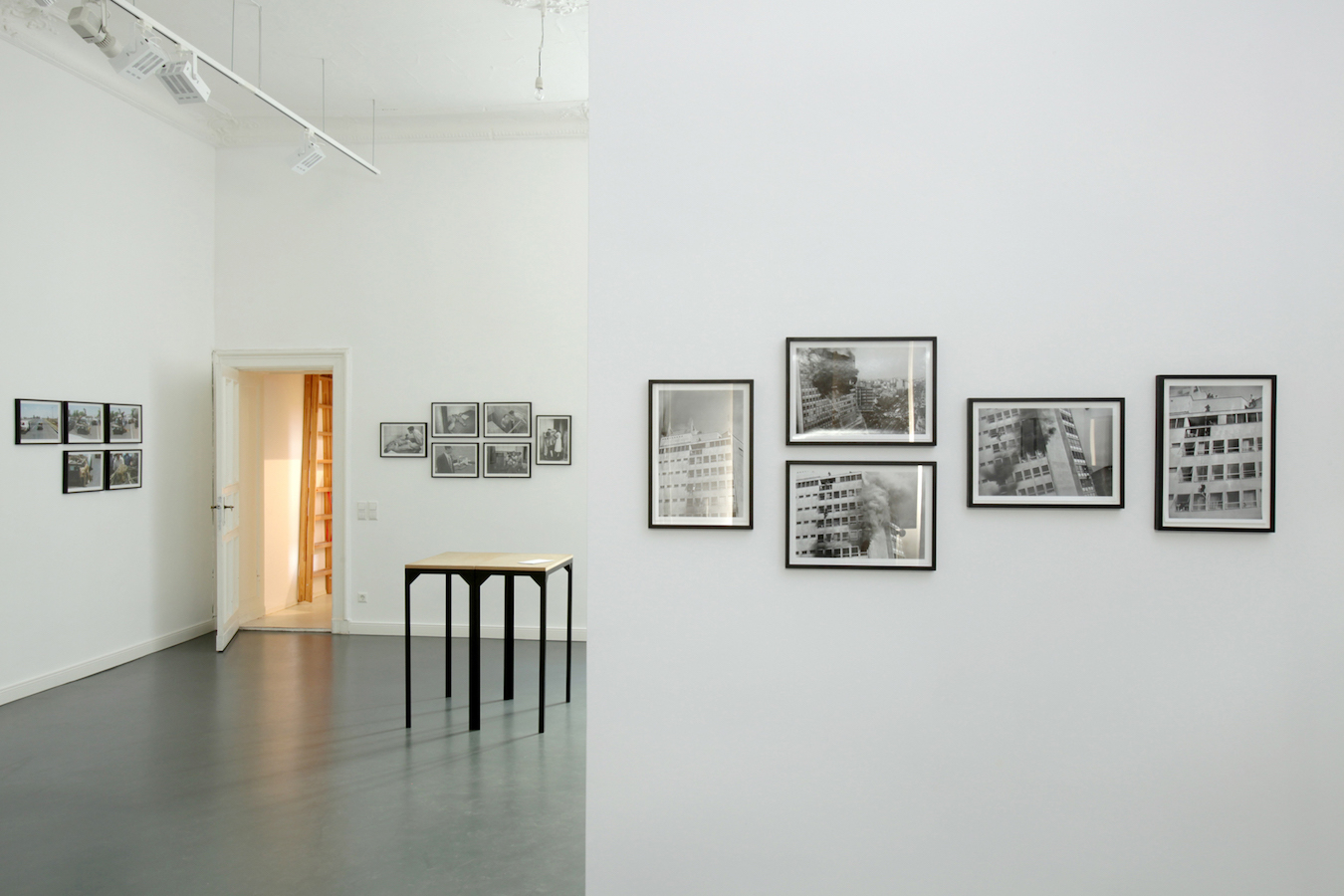
Enrique Metinides, Exhibition view from „Series”, Kominek Gallery, Berlin 2012
The most gratifying thing for me was when book buying clients, who for example bought Mark Steinmetz books from the bookshop for 10 years suddenly came out as a print collector and started buying a big selection of prints from us. This happened a lot in the last few years that people that I know from buying books start buying prints!This is very satisfying all in all, it suddenly all makes more sense . All this box caring and shipping out small book orders eventually turns out to be a part of a bigger system that can support exhibitions and book publishing in a more solid way. There are many clients who have luckily supported the bookshop from the beginning, even at times we are not the fastest! Thank you for your patience! Most clients who are interested in signed books seem to be more willing to wait and we are grateful for this. It all in all makes it a more pleasant job not to fall into the typical online business traps like having to compete with prices and ship as cheap and quick as possible.
I would like to mention that we have the best packing department ever and in 10 years we only had a few damaged books which I guess is a big deal now days.
Here I would like to thank all those book and print-buying clients for the support.
Honestly, you make it happen!
I also want to send out love to all this other shops that I know from my position as a publisher. Support the shops!
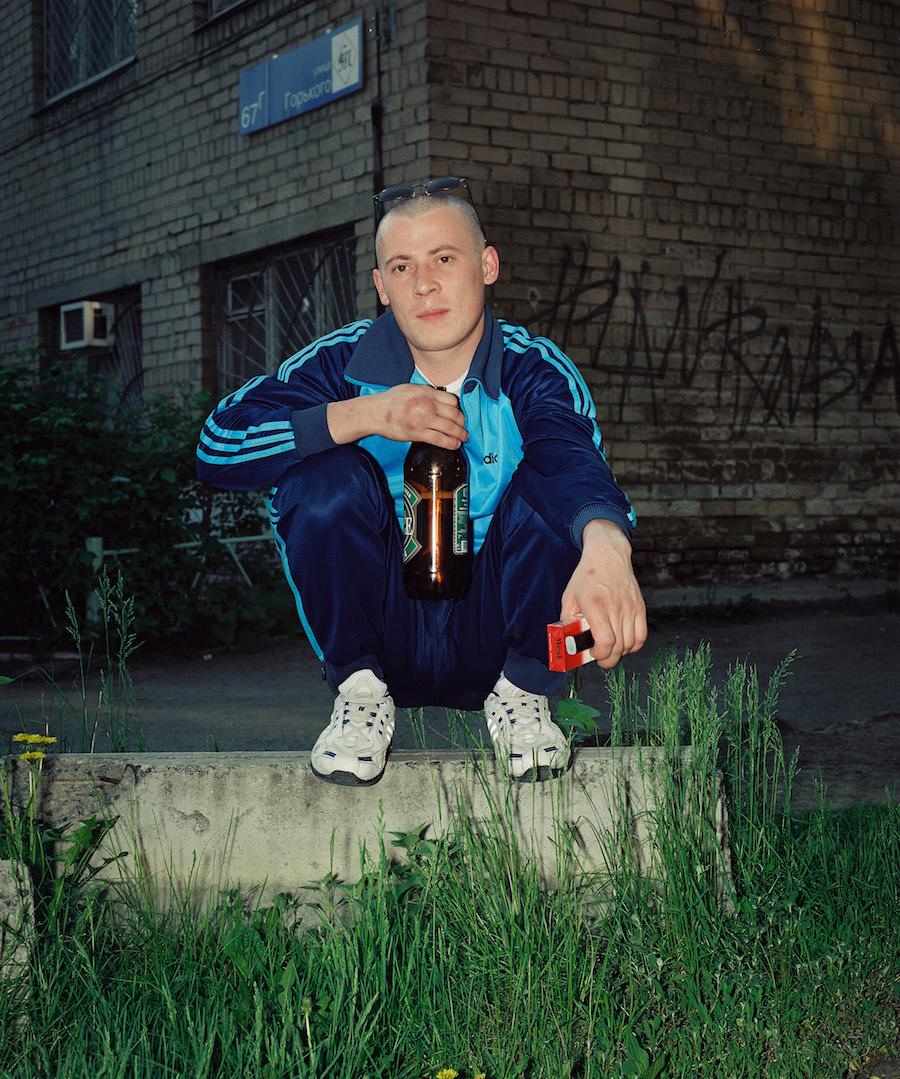
Rob Hornstra „ The Unknown“ upcoming book, Kominek Books 2021
To name a few, Le Plac Art in Paris is probably my favorite shop whose focus is on vintage and modern books from Japan. Such a dedicated passion and deep study of the books you get to see rarely. I love also Yvone Lambert in Paris, Flotsam books in Japan, Photobookstore in England, Mi Camera in Milan, Photobook Corner in Portugal , Donlon Books in London, all have their personal great selection and own way of functioning!
BF: Thank you!!! I appreciate the very honest approach to answering my questions and the illuminations that you have provided regarding the difficulties of selling and working through different avenues of commerce. I look forward to new Kominek books!
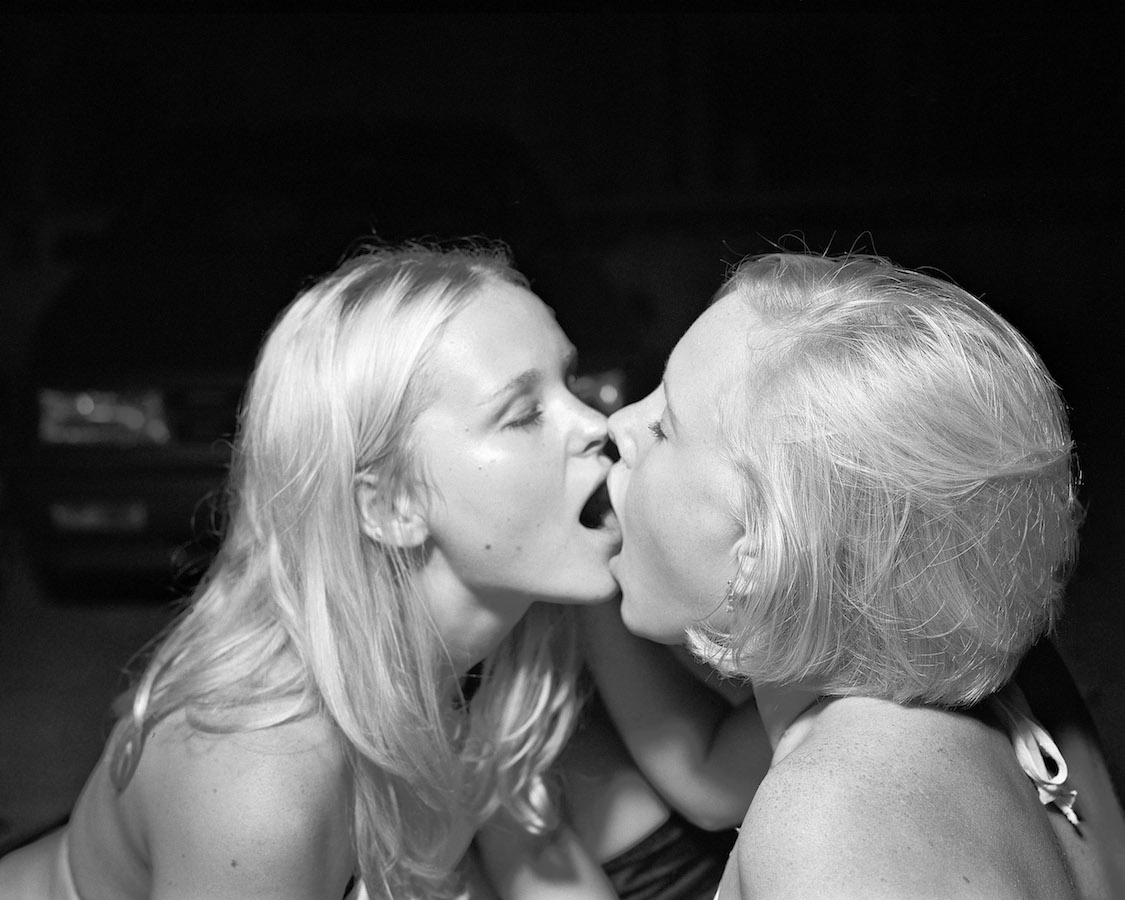
Alec Soth „ Looking for Love 1996“, Kominek Books 2012
